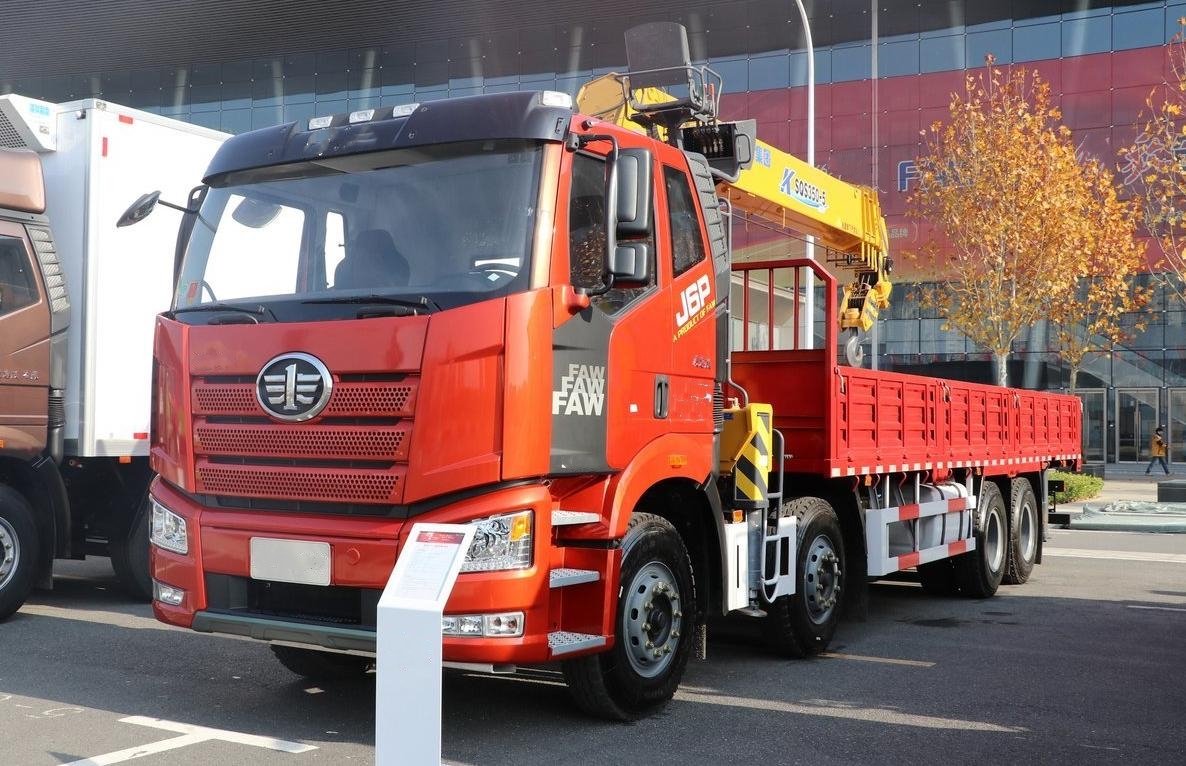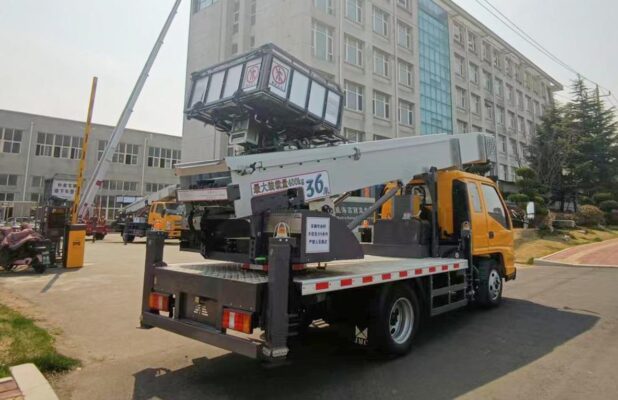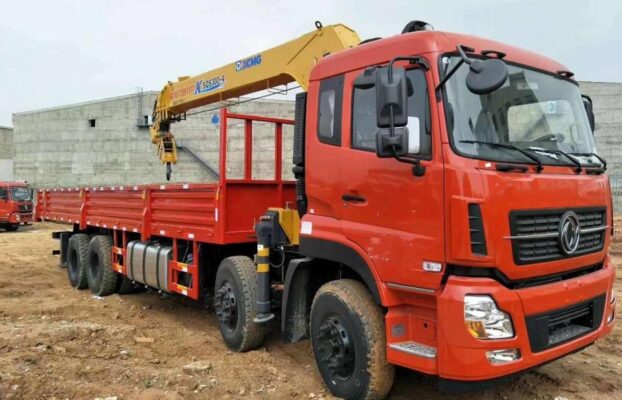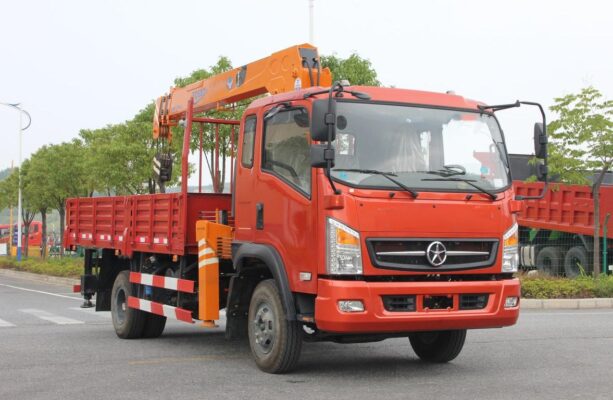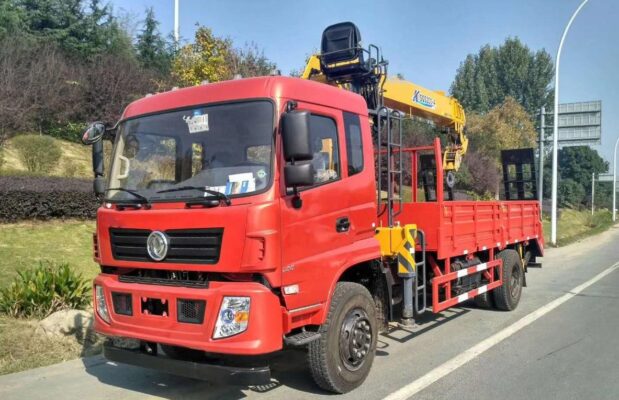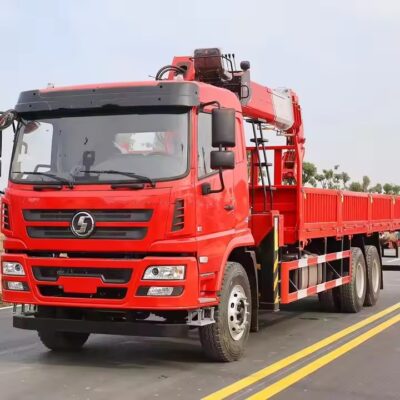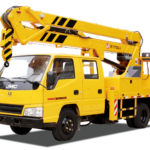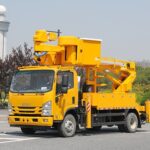Connecting wire rope securely is essential for the safe operation of electric hoists. One popular method involves using rope clips, which provide a reliable connection and are relatively easy to disassemble when necessary. Kuitenkin, while this method is widely used, especially for applications like guy ropes and towing ropes, it has its drawbacks, such as protruding bolts and the potential for uneven surfaces on the wire rope. Here, we will explore the detailed process of connecting wire rope with rope clips, including installation, maintenance, and safety considerations.
Understanding Wire Rope and Rope Clips
Wire ropes are composed of multiple strands of wire twisted together, offering high tensile strength and flexibility. Rope clips, on the other hand, are hardware devices designed to create a secure loop or connection at the ends of the wire rope. They are commonly made of steel and consist of a U-shaped bolt and two or more saddle pieces that clamp the wire rope together.
Advantages and Disadvantages
The primary advantages of using rope clips for connecting wire rope include:
- Ease of Use: Rope clips are straightforward to install and can be easily removed when needed.
- Disassemblability: The ability to disassemble the connection facilitates maintenance and adjustments.
- Strong Connection: When installed correctly, rope clips can maintain 80-90% of the wire rope’s inherent strength at the fixed point.
Kuitenkin, there are also some disadvantages to consider:
- Protruding Bolts: The bolts of the rope clips extend beyond the wire rope, which can pose safety hazards and increase the likelihood of snagging.
- Surface Roughness: The surface of the wire rope at the connection point may not be smooth, potentially leading to wear over time.
- Increased Weight: The additional hardware contributes to the overall weight, which can affect handling and mobility.
Installation Guidelines
Proper installation of rope clips is critical for ensuring a secure and reliable connection. Here’s a step-by-step guide:
- Prepare the Wire Rope: Ensure that the ends of the wire rope are clean and free from kinks. If necessary, trim any frayed ends to ensure a secure fit.
- Determine the Length: Cut the wire rope to the desired length, allowing enough slack for the loop and any additional clips.
- Form the Loop: Create a loop at the end of the wire rope, ensuring that the loop is large enough to accommodate the required number of rope clips.
- Position the Rope Clips: Place the saddle of the rope clip over the wire rope, ensuring that the U-bolt is positioned underneath the loop. For optimal strength, the clips should be installed with the U-bolt and saddle aligned in the same direction as the load.
- Tighten the Clips: Gradually tighten the nuts on the U-bolts. The wire rope should be flattened by approximately one-third, indicating a proper fit. Avoid over-tightening, as this can damage the wire rope.
- Add Additional Clips: To enhance security, consider installing an additional clip about 500 mm behind the last one. This clip acts as a “safety bend,” allowing for early detection of any slipping in the wire rope.
- Inspection: After installation, regularly inspect the clips and connections. Ensure that all nuts are tightened and that the wire rope is free from fraying or other damage.
Safety Measures
The installation of rope clips should be approached with caution. Here are some safety tips:
- Regular Checks: Conduct routine inspections of the wire rope and clips, checking for signs of wear, corrosion, or loosening.
- Monitoring for Slippage: The additional clip positioned 500 mm behind the main connection serves as a safety measure. If the wire rope slips, this clip will straighten first, providing an alert to the operator.
- Avoiding Sharp Bends: Ensure that the wire rope does not experience sharp bends or kinks, as this can compromise its strength and longevity.
Maintenance Considerations
Maintaining the integrity of the wire rope and rope clips is vital for the safety and efficiency of electric hoists. Here are some maintenance practices:
- Lubrication: Regularly lubricate the wire rope to reduce friction and wear at the connection points.
- Cleaning: Keep the rope clips and wire rope clean to prevent debris from causing damage.
- Replacement: Replace any worn or damaged components promptly to maintain safety and performance.
Conclusion
The method of connecting wire rope with rope clips is a widely accepted practice for electric hoists, offering a secure and relatively easy-to-disassemble solution. By understanding the installation process, recognizing the advantages and disadvantages, and adhering to safety and maintenance protocols, operators can ensure the longevity and reliability of their wire rope connections. This method is particularly suitable for applications where frequent adjustments or disassembly may be required, making it a practical choice for many lifting operations. With careful installation and regular inspections, the connection of wire ropes with clips can effectively support a variety of lifting tasks while maintaining safety standards.

